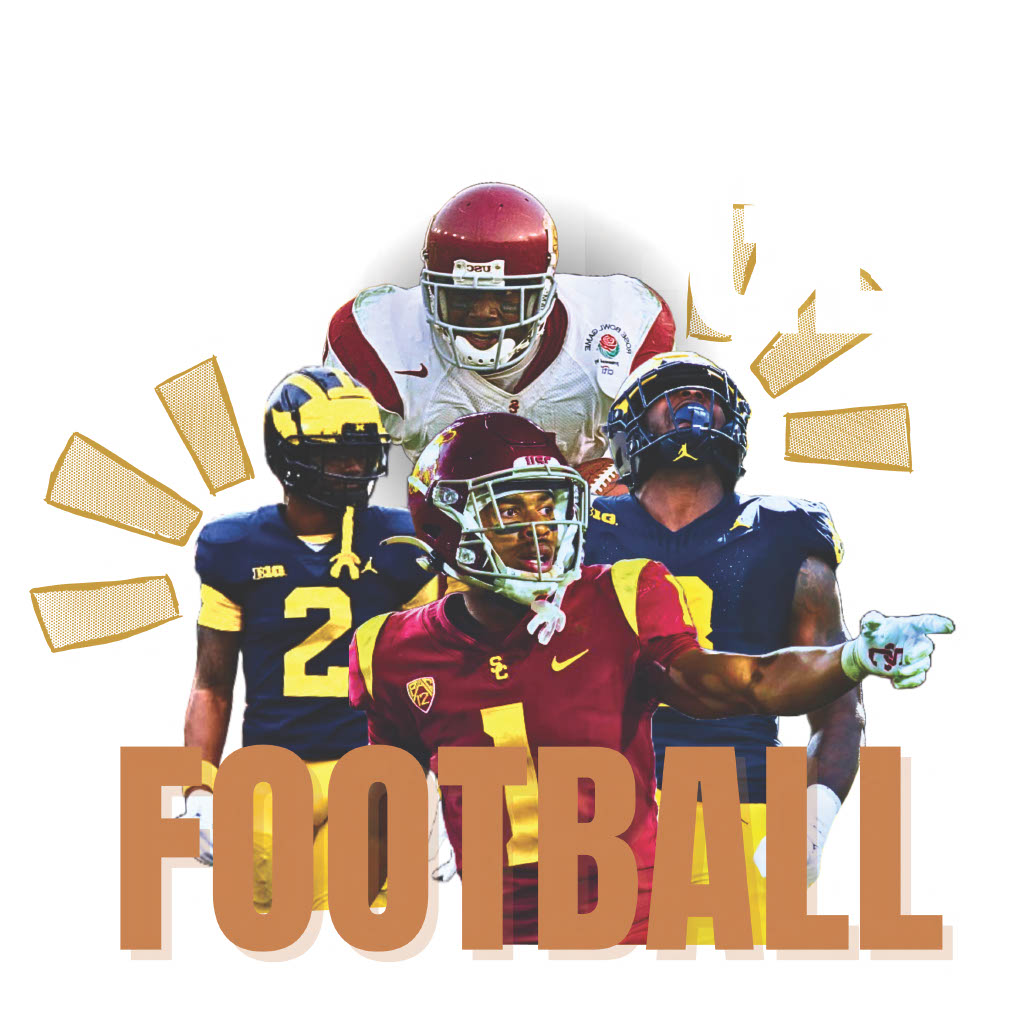According to Zillow, the median home price in the city of Santa Barbara is 1,828,719 dollars, an increase of 12.3 percent in the past year. This change is unsustainable and speaks for the mass migration of new residents to the area in recent years. While housing prices have skyrocketed, ordinary workers have fallen through the cracks due to the Covid 19 pandemic and inflation. That’s why the 29 sales of over $10M during the first half of this year in Montecito, compared to three of this magnitude in 2020 (Montecito Journal), spark concern. The people moving here with such mass amounts of money are not “working members” of our community. When real estate runs out in the “high end” and more “desirable” areas of Hope Ranch and Montecito, wealthy new residents prey on traditionally working-class lower east and west side neighborhoods.
The signs of this are blatant in neighborhoods where once affordable houses are painted bright white on the inside and out. Expensive cars sit in now gated driveways during the standard work day. High-end landscaping exists in place of families barbecuing their Sunday supper. This process is known as gentrification, which Santa Barbara is no stranger to.
“Gentrification isn’t bad in and of itself; it’s just a factor of an evolving city,” said art instructor Dug Uyesaka who moved to Santa Barbara in 1975 to attend UCSB. Uyesaka, who has an art studio in Santa Barbara’s funk zone, has witnessed this process firsthand.
“Our whole block is going to get wiped out due to gentrification,” said Uyesaka, “it got bought out, and they are going to develop condos.” While developing affordable housing, such as condos in the funk zone or in empty storefronts downtown, could help house Santa Barbara’s working class, current house prices beg to differ.
“When I first started working in the funk zone, it had been the blue-collar area for welders, plumbers, and woodworkers. Now it is a mob scene with all the bars and stuff,” said Uyesaka. In areas with a wealthy class, like Santa Barbara, the service industry is a vital element of the economy. Current housing prices offer a luxurious lifestyle to those looking to spend big bucks at fancy restaurants but few options for workers who need to house their families.
For artists and tradespeople like Uyesaka, the funk zone was Santa Barbara’s closest thing to an industrial zone with available space.
“Gentrification has changed the area, and rents are really high now if you are an artist trying to find a space,” said Uyesaka.
Without gentrification, “we are out of land within the Santa Barbara area unless you go into fire territory,” said chemistry instructor Katherine Pointer who has lived in Santa Barbara since 1984.
Pointer has resided in Goleta, Santa Barbara, Montecito, and Carpinteria and is noticing the recent changes.
“Especially in Montecito, there has been an enormous influx of people from LA, we see a little bit of that in Hope Ranch too,” said Pointer.
With so many new people (The number of new Santa Barbara residents quadrupled from 2019 to 2020, according to the census), historically high-end areas are even more unattainable, especially in wealthy communities.
“When I walk down Coast Village Road now, it’s a very different place than when I was a kid. There aren’t a lot of restaurants where a normal person -a middle-income American- could go have dinner on a Tuesday,” said Pointer. The changes in accessibility in restaurants reflect inflation and the new clientele that can afford the ridiculous prices.
“The service industry employs people, but the wage rate is not livable in Santa Barbara with current costs,” said Uyesaka. While for many of those migrating to Santa Barbara, financial boundaries are no obstacle, living in the area is becoming increasingly difficult for the current working class in the community. For hard workers who have built careers here, rising prices and less housing availability are causing shifting demographics.
“(Coast Village Road) has a ‘vibe’ that is different than it used to be. I miss Little Alex’s and Giovannis,” Pointer says, referring to favorite community restaurants that rent-hungry landlords have closed down.
While the elite seems to be thriving in their latest trendy and luxurious location, the poverty rate in Santa Barbara was a shocking 15.2 percent according to census.gov in 2021 and the median income per family is $84,356 before taxes, which is far from enough to afford a Santa Barbara lifestyle with current housing prices.
“I think that it is unfortunate that we have to provide subsidized housing for people who work traditionally middle-income jobs, even doctors and college professors can get subsidized housing. Even though they are making a decent salary, they are still struggling to survive in a place like this,” said Pointer.
Why must local working families, from doctors and lawyers to landscapers and car mechanics, have to pull so many strings to survive in Santa Barbara? Meanwhile, non-locals with plenty of cash at their disposal can easily purchase a home and obtain the ‘trendy’ Santa Barbara lifestyle.
“For a school or any corporation, it’s tough to bring employees in knowing that they could never buy a home here unless they inherited money or they have a really high paying job” said Uyesaka.
Educators like Pointer and artists like Uyesaka are essential members of our community and recognize how much of a challenge cost barriers are to living in Santa Barbara.
“Although it is so beautiful and I have family here, every year I have to seriously consider how much of a sustainable place this is for me to live,” said Pointer.
With all of the transformation, we must ask ourselves if Santa Barbara can sustain so many wealthy migrants who are willing to pay any price and do not work to support the local economy.
The lifestyles of the rich and famous cannot be sustained without workers. With affordable housing dwindling, commuting to Santa Barbara from more affordable areas like Ventura and Oxnard will become even more pronounced than it already is. The wealthier Santa Barbara gets, the less residential room there is for the working class.
“There will always be a working class in Santa Barbara; they just might not be living where they work,” said Uyesaka.
The New Santa Barbara
When people move to Santa Barbara willing to pay any price, costs skyrocket as inventory is low. Because of this, Santa Barbara is becoming increasingly unlivable for the working class.
Lucia Camp, News Editor
June 4, 2023
A scenic view from the top of the Santa Barbara Courthouse
1
Donate to The Fourth Estate
$50
$500
Contributed
Our Goal
Your donation will support the student journalists of Laguna Blanca School. Your contribution will allow us to purchase equipment and cover our annual website hosting costs.
More to Discover
About the Contributor

Lucia Camp, Co News Editor
Lucia Camp is a senior and second-year journalism student. Lucia's hobbies include cooking, hiking, paddleboarding, yoga, and sewing. Lucia enjoys playing tennis and spending time with loved ones. She is also a member of the Laguna mock trial team. She has interests in criminal and social justice, local issues, and environmental science and is an active member of the Santa Barbara Youth Council.


































